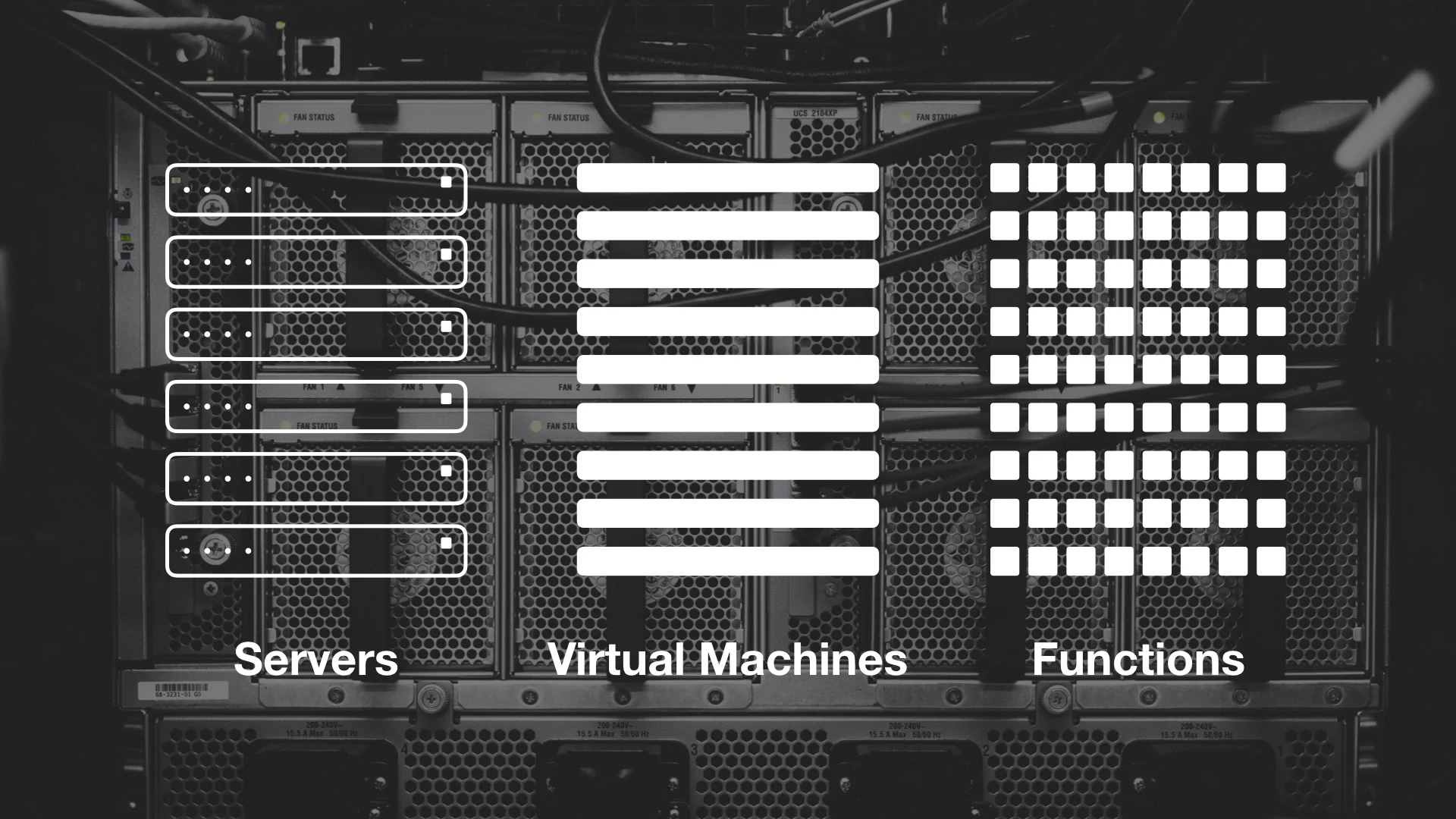The early days of a new software project can be challenging.
There are a gazillion things to think of, and deciding where to start is a nerve-wracking moment.
No wonder you want to get past this phase as quickly as humanly possible.
Turns out it doesn’t get that much better towards the end either — applying application code changes requires a fair amount of time too.
Here are four simple steps to get around these bottlenecks and improve your software delivery performance.
According to CareerBuilder, nearly three in four employers have been affected by an unsuitable hire. Don’t let it happen to your organization. Make these 9 steps to find the right software engineer for your company.
When you look for a software outsourcing partner, what do you look at first? Their portfolio? Technologies they use? Years of experience? Developer seniority level? Let me break it to you then – technical skills alone won’t make the project a success. You need a cohesive and empowered team to take your product to new heights. Now you know what the number one priority is. But how can you know the company of your choice promotes team unity and helps team members develop to their full potential?
As developers, we produce tons of code each day. We test our code, beautify it with code style scripts and finally verify using continuous integration commands, which control the integrity and cohesion of our solutions. Nevertheless, the true value of used code solution can be checked only by another developer, who knows the business domain, best practices, clean code principles and who may also have a different point of view from yours. In this article, I want to show you how code review can help you keep codebase in order and get more advantages for your team.
Not long ago, we moved our applications to cloud architecture. Our servers have become more like lightweight virtual machines (VMs) inside large data centers. Now we’re on the brink of a new approach – getting rid of the server completely and running just the business logic in the cloud. In this blog post, we share what we learned in this space recently. It should enable you to decide if serverless infrastructure is your cup of tea.
Let’s put on the Scrum Master’s spy-glasses and investigate the 7 critical points for a project’s success or failure. Which one will be a sin and which one a win when it comes to the Product Owner?
The software is eating up the world and we all have to face it. This fact drives more and more companies to outsource the IT work. However, finding a right tech-partner or a software house may turn out to be a path dotted with potholes and traps. Why is it so hard to track down a reliable IT partner to build an application? What do we need to consider? Let’s find out!
You carefully selected the best software vendor and defined the project. Then magic happens and you see your project brought to life. Well, it’s not exactly what happens…
Imagine your team has done everything that was required. They’re happy. At the same time the client is angry because the work is incomplete. Say “hi” to poor, assumed or undefined definition of done - source of many miserable failures.
Client demo is so damn important that it’s hard to overstate it! Not presenting working software is a brilliant way to pile up problems in the project. Yet plenty of its benefits are subtle and easy to overlook. Do your project a favor and know what’s to gain or loose here.











